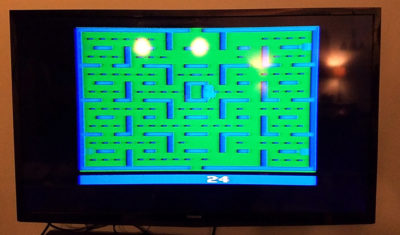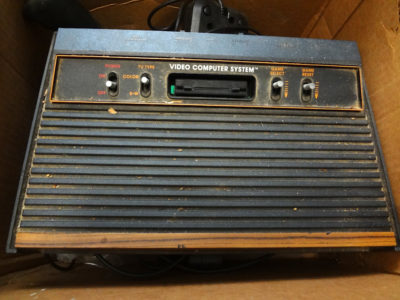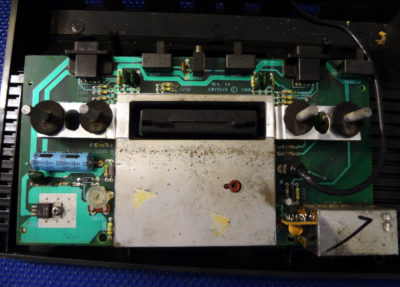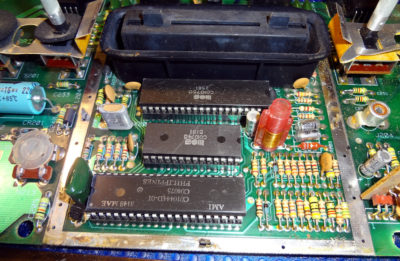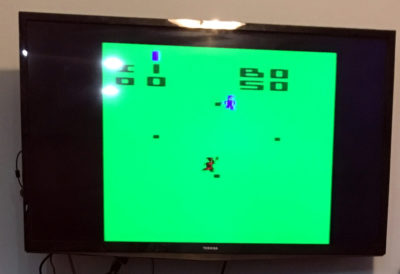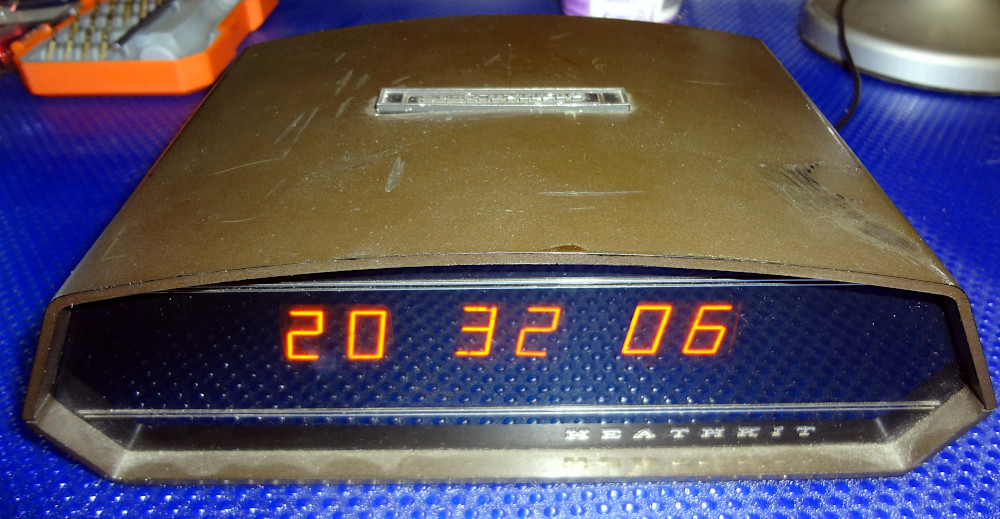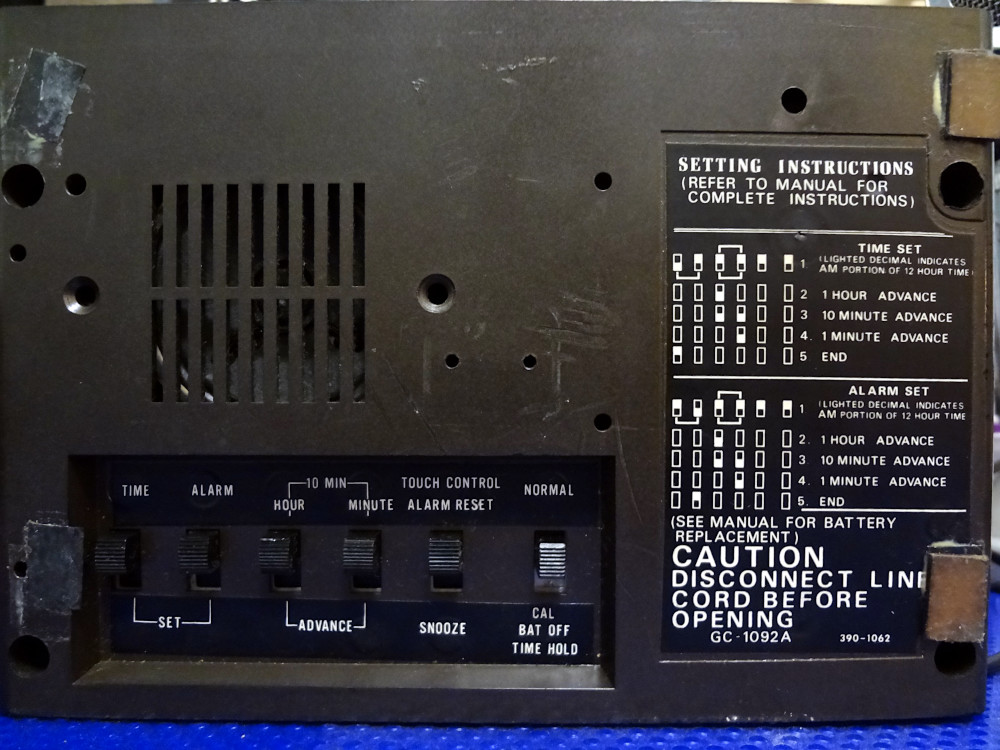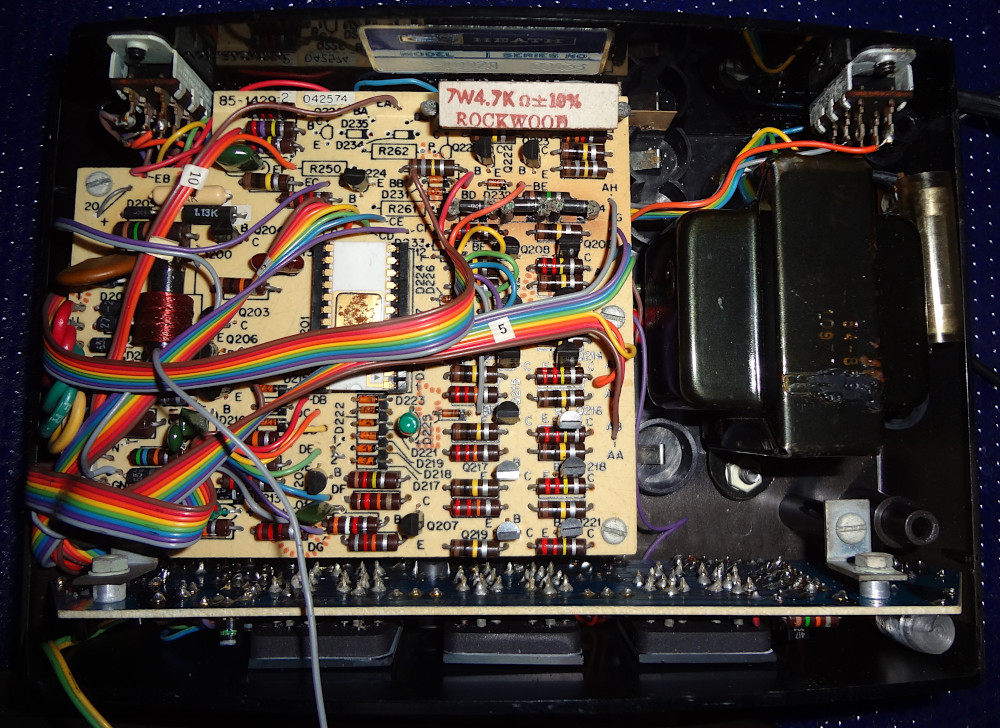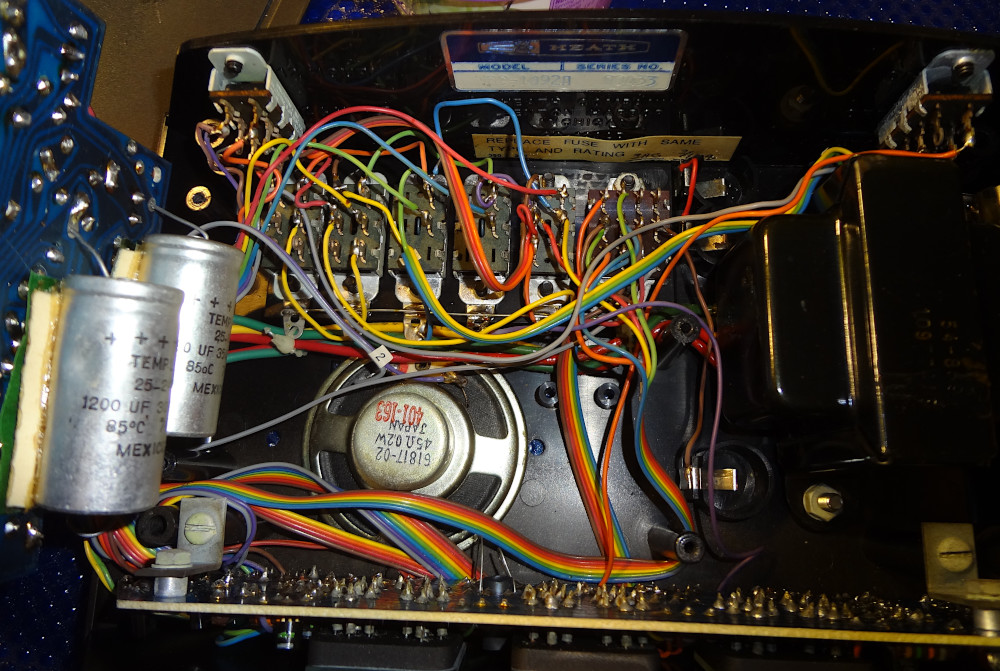Went through and checked out all of the controllers that came with the Atari 2600s. There were 5 Atari joysticks, 5 other joysticks and two sets of paddles.
The joysticks are pretty simple devices, consisting of a single PCB board with 5 metal dome button-type switches.
The joystick consists of a plastic piece with knobby bits that contact the domes. Pushing the joystick up, down, left, or right causes the knobby bit to press down on the switch, closing it and making a signal go down the corresponding wire.
One of the joysticks was broken. The other four joysticks work ok, but aren’t super responsive and the fire button on one of them doesn’t seem to be working.
The other non-Atari joysticks sort of work, but mostly don’t. Haven’t taken them apart yet to see if there’s anything that can be repaired.
The paddles are pretty simple devices, each consisting of a single 1 Mohm potentiometer and a push button.
After disassembling the potentiometers and cleaning them, they worked a little bit better than they did before, but there’s still a lot of jitter in the resistance measurement when the pots are turned, which translated to jittery movements in games. I’ll probably end up replacing the potentiometers if I can find any suitable ones.
